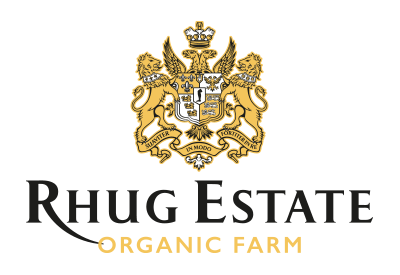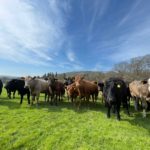BASC’s Green Shoots Wales project has been running since 2006, initially in the north of Wales only, but now over the whole of Wales. The project works with the shooting community and partners to target conservation efforts on land which is shot over, in order to achieve public conservation targets.
In 2015, the work was streamlined to focus on one main strand: the control of invasive non-native species, namely mink and grey squirrel.
Mink control
Our native water voles are particularly vulnerable to predation by mink and it’s thought that the imported American mink has been the main cause of an over 90 per cent crash in water vole numbers in the UK. Mink also predate on water birds’ chicks and eggs, and on pheasant poults, so their control has an even wider benefit. Working with landowners, members and fishermen, a good network of mink trappers has been established by BASC across North Wales and the project has now extended to mid and south Wales, targeting areas where the draft Wales Water Vole Strategy has highlighted a particular need to control mink, mainly due to the presence of water voles.
BASC is well placed to carry out mink control as we have members spread throughout the country who are willing to look for signs of mink and to then trap and dispatch any caught. BASC loans traps free of charge in key areas and training is on offer to anyone who wishes to take part in mink detection and control. Shooting estates – such as Rhug – and their gamekeepers are particularly useful volunteers as they have the necessary skills to trap and cull mink. Since 2013, Rhug has been involved in controlling mink through the project on its stretch of the Dee.
Grey squirrel control
Grey squirrels are one of the most common wild mammals that the public see. They can be found in most woodlands and parks all over the country, and many people like to see them visit their gardens. Having been first introduced to the UK from the USA in 1876 as a novelty by a Cheshire banker, Thomas Brocklehurst, they have been extremely successful in spreading throughout the country, causing a range of problems. They cause damage to timber crops by ring barking and killing trees, they eat birds’ eggs and damage both domestic and game bird feeders. However, more emotively, they are responsible for the spread of Squirrel Pox – a virus that does not affect greys but kills red squirrels. Where there are grey squirrels present, young reds have difficulty in setting up new territories and expanding the population.
BASC has been working with the Red Squirrel Trust Wales and with the mid-Wales Red Squirrel project, training members and volunteers how to trap and despatch grey squirrels around Anglesey, the Menai Strait, Clocaenog and Tywi Forests. Working with the Wildlife Trust and the Mammals in a Sustainable Environment Project, we have also been monitoring suspected red populations with cameras and feed stations in target areas.
One of these key areas includes the outlying woods in the Cynwyd/Corwen area, which act as sources and corridors for reds (and greys) to move into and out of Clocaneog Forest. Cameras in the forest have revealed that there are indeed still red squirrels there and so a programme of grey control is underway in and around the forest. Anecdotal evidence suggest there are still reds in Cynwyd and we will be working with Rhug to try and capture images of these elusive creatures and help to target grey squirrel control and allow the reds to expand their range.
If you would like to get involved with either of the projects – mink control or grey control, please contact Audrey Watson at BASC on 07531 141497 or audrey.watson@basc.org.uk






 Organic Beef
Organic Beef